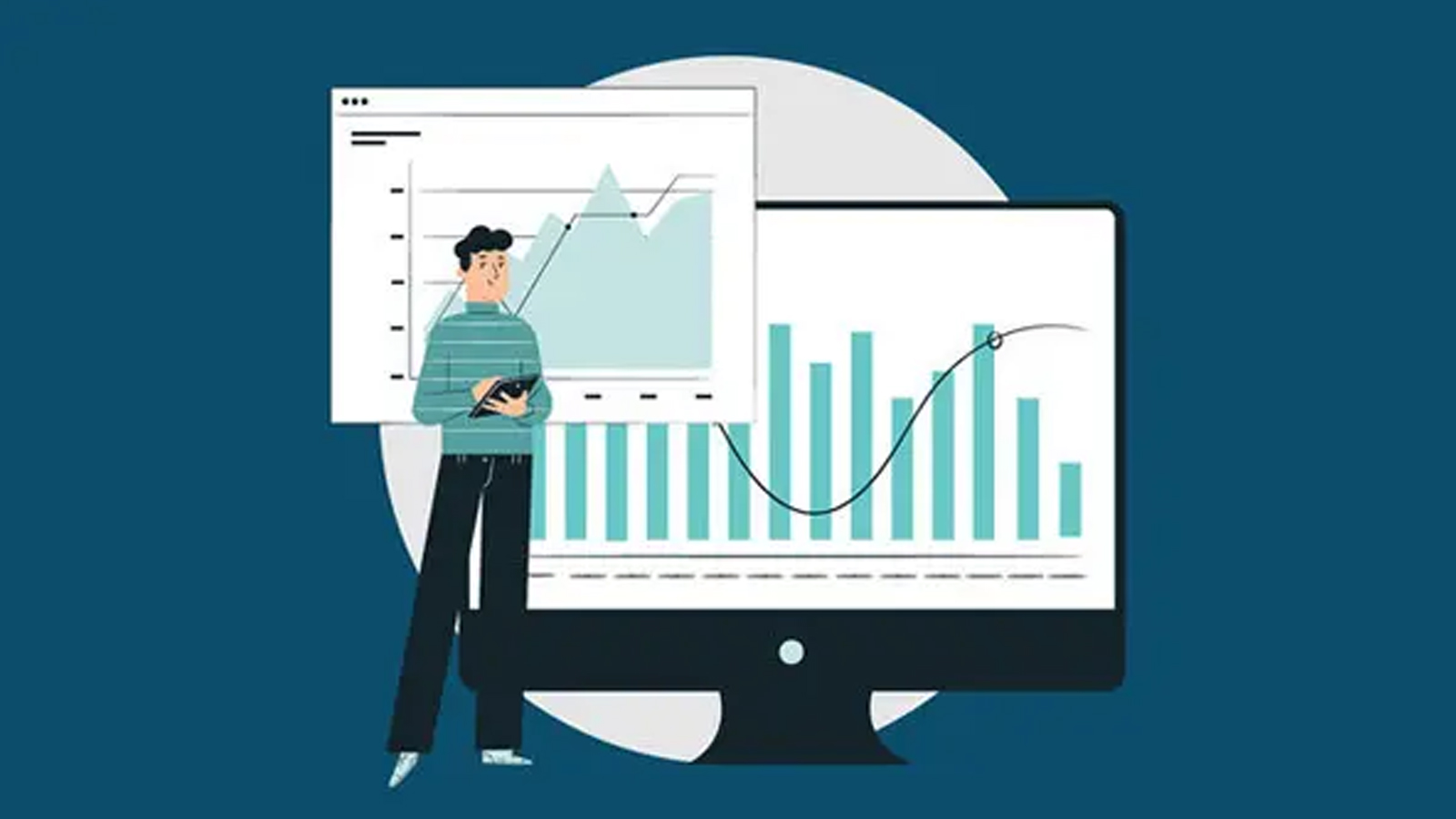Investing has always been about making money. But what if you could do that while also contributing to a better world? Sustainable investing is changing the game, allowing you to align your financial goals with your values. Gone are the days when investors had to choose between profit and purpose. Today, it’s entirely possible to build an investment portfolio that reflects your commitment to environmental, social, and governance (ESG) principles.
Let’s dive into how you can create a sustainable investment portfolio that not only grows your wealth but also makes a positive impact on society and the planet. Whether you’re just starting out or looking to revamp your existing investments, there’s something here for everyone who wants their money to work harder—for both them and the world around us.
Understanding Sustainable Investing
Sustainable investing is more than a trend; it’s a movement reshaping the financial landscape. At its core, this approach integrates environmental, social, and governance (ESG) criteria into investment decisions.
Investors seek opportunities that not only promise returns but also contribute to positive societal change. This could mean supporting renewable energy projects or companies with fair labor practices.
Understanding sustainable investing involves recognizing the impact of your choices. It’s about being mindful of how businesses operate and their effects on communities and ecosystems.
The concept encourages you to think long-term—not just in terms of profits but also regarding sustainability for future generations. More investors are realizing that ethical considerations can coexist with financial goals, resulting in an investment portfolio that’s both profitable and responsible.
Benefits of a Sustainable Investment Portfolio
Investing sustainably offers a chance to align your financial goals with your values. This means putting money into companies that prioritize social responsibility and environmental stewardship.
A sustainable investment portfolio can reduce risk. Companies focused on sustainability often adapt better to regulatory changes and shifting consumer preferences. They tend to be more resilient in the long run.
These investments can also lead to competitive returns. Research shows that firms committed to sustainability may outperform their peers financially over time, appealing not only for ethical reasons but for potential profits as well.
Additionally, investing sustainably fosters positive change in communities and ecosystems. By supporting businesses that are environmentally conscious or socially responsible, you contribute to a healthier planet and society.
Many investors find fulfillment in knowing their money is impacting the world positively. It’s an opportunity not just for growth but for making a difference.
Identifying Your Goals and Values
Identifying your goals and values is the cornerstone of building a sustainable investment portfolio. Start by reflecting on what matters most to you. Are you passionate about environmental issues, social justice, or corporate governance? Pinpointing these areas will guide your choices.
Next, think about your financial objectives. Do you aim for long-term growth, steady income, or perhaps both? Understanding how much risk you’re willing to take is essential too.
Consider creating a list of specific goals. This could include funding education, retirement plans, or philanthropic endeavors. Aligning these with your core values ensures that every dollar invested resonates with who you are.
Remember that this process isn’t static; it evolves as life changes. Regularly revisiting your goals and values keeps your investment strategy aligned with your vision for the future.
Researching and Selecting Sustainable Investments
Researching sustainable investments requires a keen eye and an open mind. Begin by exploring funds, companies, or projects that prioritize environmental, social, and governance (ESG) criteria.
Look for transparency in their operations. Sustainable companies often provide detailed reports on their practices. This information reveals how they measure up against sustainability benchmarks.
Use reputable resources like ESG rating agencies to evaluate potential investments. These platforms assess organizations based on various sustainability metrics.
Network with other investors who focus on sustainable opportunities. They can share insights and recommend promising options you might not have considered.
Trust your instincts about the values of these investments. Align them with what matters most to you personally—this connection will enhance your commitment to your investment portfolio.
Diversifying Your Portfolio
Diversification is key to a resilient investment portfolio. It involves spreading your investments across various asset classes and sectors. This strategy helps reduce risk and enhances the potential for returns.
Consider including stocks, bonds, real estate, and even sustainable funds in your mix. Each asset class reacts differently to market conditions. When one area underperforms, others may thrive.
Geographic diversification can also add stability. Investing in international markets exposes you to different economic factors and growth opportunities.
Moreover, within each category, consider varying the companies or projects you invest in. This approach not only mitigates risks but also allows you to support a broader range of sustainable initiatives.
Regularly reviewing your allocation ensures it reflects current market trends and personal values. A well-diversified portfolio aligns with both financial goals and sustainability commitments.
Monitoring and Rebalancing Your Portfolio
Monitoring your investment portfolio is crucial for long-term success. Regularly reviewing your assets helps you stay aligned with your goals and values. Market conditions can change rapidly, impacting the performance of various investments.
Set a schedule to review your portfolio—quarterly or biannually works well for many investors. During these reviews, check how each asset is performing against benchmarks and adjust as necessary.
Rebalancing ensures that no single investment dominates your portfolio’s risk profile. If one sector outperforms others significantly, it may be time to shift some funds into underperforming areas or different sectors entirely.
Consider transaction costs when rebalancing; minimizing fees can enhance overall returns. Remember that emotional decision-making can lead to poor choices, so stick to your defined strategy during market fluctuations. Prioritize maintaining a balanced approach tailored to evolving financial goals and risk tolerance levels.
Conclusion
Building a sustainable investment portfolio is an enriching journey. It allows you to align your financial goals with your personal values, making each investment meaningful. By understanding the principles of sustainable investing, you position yourself not just for potential financial returns but also for positive environmental and social impact.
You’ll reap numerous benefits, from contributing to a better planet to enjoying potentially lower risks linked to unsustainable practices. These advantages can enhance both your fiscal outlook and personal satisfaction in knowing you’re part of something bigger.
Identifying what matters most to you will guide your choices in selecting investments that resonate with your beliefs. Whether it’s renewable energy or socially responsible companies, aligning investments with values can lead to more fulfilling outcomes.
Research plays a critical role in curating the right mix of assets. Be diligent about exploring options that fit within the sustainability framework while ensuring they offer sound performance metrics.
Diversification remains essential even when focusing on sustainability; it helps mitigate risks while promoting stability throughout various market conditions. A well-rounded approach strengthens resilience against unforeseen circumstances.
Regularly monitoring and rebalancing ensures that your portfolio remains aligned with both market conditions and evolving personal goals over time. This ongoing process keeps you engaged and informed about where your money goes.
A sustainable investment portfolio is more than just numbers; it’s a reflection of who you are as an investor committed to future generations. Embrace this opportunity fully, and let every decision empower both yourself financially and contribute positively toward global change.



